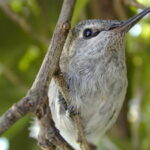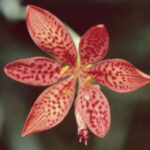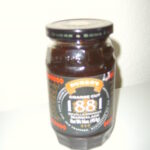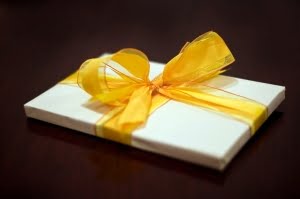Rudbeckia is a wonderful flower grown in many gardens. This bright, daisy like flower has several common names like marmalade gloriosa daisy, black-eyed Susan, and coneflower. This flower is a hardy flower perfect for any type of garden. No matter where you plant rudbeckia, it is sure to brighten up any location. Include this flower if you want to attract butterflies to your garden.
Location
In the spring, find an area that has the full sun exposure. Rudbeckia is one of those flowers that work well in the flower garden or anywhere you want a little color. If you live in a location where deer can be a problem, plant this flower within your garden, or along the outside perimeter. It is not foolproof, but it just may save your vegetables from hungry deer.
Dig or till the ground to loosen the soil. Once you have it tilled, amend the soil with 2 to 4 inches of well-rotted organic compost. Mix this in thoroughly, removing any rocks, sticks or hard clumps as you work. If you have manure available, add some of that to your garden. Manure is a natural fertilizer. It is a wonderful way to provide much-needed nutrients for the plants while it improves the garden soil. Smooth the soil with the back of a rake.
If you’re the area where you want to plant rudbeckia is wide, perhaps you are including these flowers in your vegetable garden, be sure to lay a board over the soil. When you walk on that, it will help prevent the ground from being compacted.
Planting Rudbeckia
Dig the planting holes twice the diameter of the rudbeckia’s rootball, but keep the depth the same. The proper spacing for each plant is 12 inches.
Remove the rudbeckia from the container and examine the rootball. If the roots are visible, gently tease them away from the sides with your fingers. If you don’t do this, the roots will continue to grow around the rootball. Instead of the roots growing deep into the soil, they will continue to wrap themselves around the rootball, slowly choking your plant to death. Remove any diseased or damaged roots, because this is an invitation to disease.
Insert the rootball into the hole. Before you fill in the hole with soil, check the top of the rootball. Is it level with soil? If the rootball is too low, water will collect around the base of the plant and rot the plant. If the rootball is above ground level, it will dry out. Once the rootball is in the right position, fill in the hole with soil. Gently firm soil around the roots with your hands but be careful so you don’t pack the soil too much or it will be hard.
Watering and Disease
Water the newly planted rudbeckia thoroughly. For the rest of the growing season, you really don’t need to water this plant, unless you are going through an extended drought or if the plants have wilted. If you give these plants too much water, it can encourage a fungus. There are several kinds of diseases to look for on your plants. Brown angular spots on leaves that affect he lower leaves first and progress up, indicates Angular Leaf Spot. Powdery mildew appears as if someone sprinkled white powder on the leaves. If you notice scattered lesions, angular in appearance, this may be Cylindrosporium and Ramularia leaf spot. another disease with the same symptoms is Septoria leaf spot. This disease starts out as small, round dark brown lesions. As the disease progresses, they will grow to 1/8 to 1/4 inch in diameter. If you are unsure of the disease, take a sample of the plant to your local county extension office. They can determine what the disease is and how to treat it. Remember to disinfect any tools that come in contact with your plant. Disease can spread if you don’t take precautions. The best way to prevent it from happening in the first place is to water only when the soil is dry and do not water the foliage.
Mulch and After-Care
Place a 2-inch layer of organic mulch around your rudbeckia plants. This helps control weeds and helps the soil to retain moisture.
After the first hard frost, cut the stems back to 1 or 2 inches above the soil line. Rudbeckia are a perennial, so it will come up year after year. You can divide the plants every three to four years if needed. It is also a good idea to mark the rows or area where your rudbeckia is planted so you don’t accidentally pull or dig them out in the spring.
If you plant rudbeckia through the center of your garden, make sure the taller vegetables are behind it. Otherwise, the rudbeckia plants will shade your vegetables.
Sources:
University of Minnesota: Diseases of Rudbeckia
National Gardening: Plant Care Guides Rudbeckia
Back Yard Gardener: Rudbeckia hirta
Urban Extension Illinois: Rudbeckia fulgida







